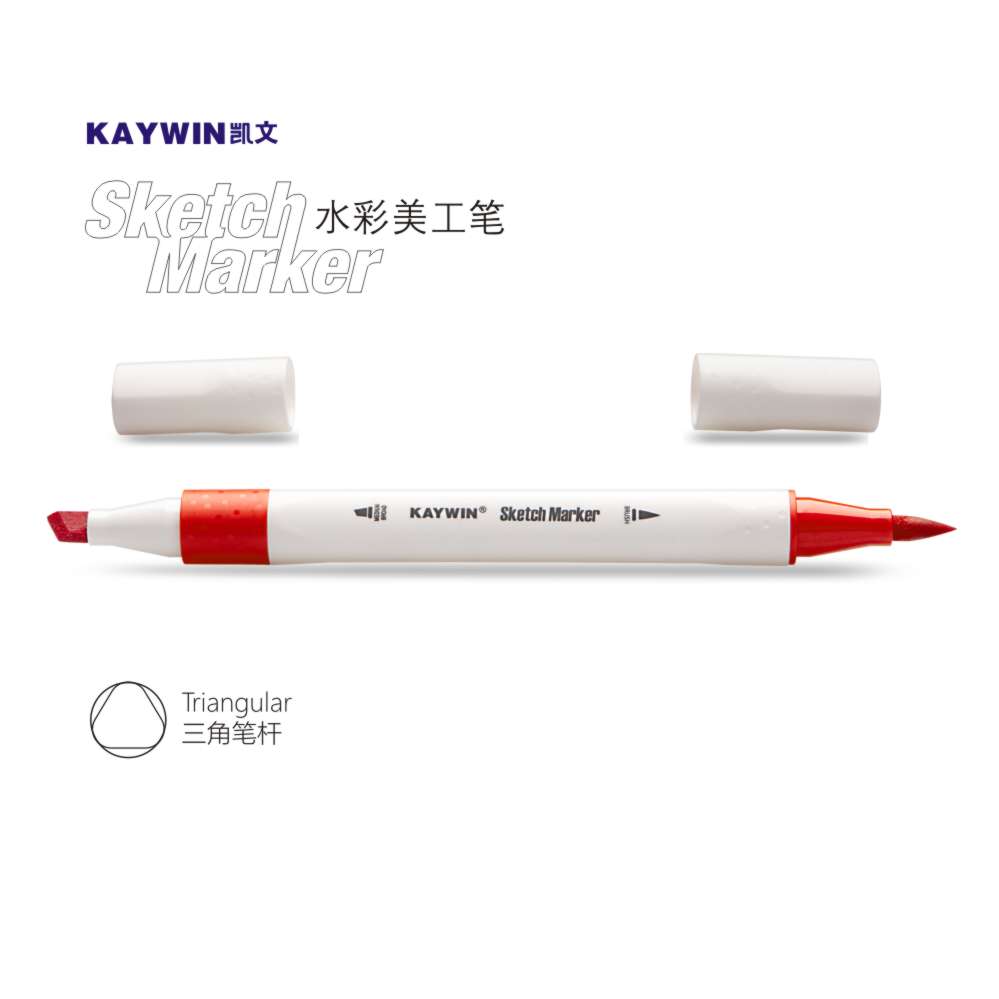The Ultimate Guide to Writing with Fine Tip Pens: Tips and Tricks for Better Handwriting
A common issue people face is having illegible or poor-quality handwriting. This may be due to using an inappropriate writing tool, an inappropriate grip, or posture. To address these issues head-on, read our Ultimate Guide for Writing with Fine Tip Pens today!
To improve your handwriting, focus on perfecting techniques and learning the appropriate writing habits for your preferred style. These practices will enable you to compose sentences neatly and legibly, no matter if it’s a note to yourself or an important letter for someone else.
Types of Fine Tip Pens
Fine-tip pens come in a range of styles and sizes, so it’s important to find one that meets your needs. Here are some things to consider when choosing your new pen:
When purchasing a pen, it’s essential to know how the ink will dry. Water-based inks dry faster and don’t bleed through paper; however, if you plan on using your pen for drawing or writing on glossy materials such as glass, oil-based ink can help prevent smudges.
When shopping for fine-line marker pens, look for ones with a long metal tip that is comfortable to write with and durable. Additionally, look for one with a non-slip grip and rubberized tip that won’t tear paper or leave residue behind.
Comparison of Fine Tip Pens With Other Types of Pens
When shopping for a pen, there are plenty of options to choose from – ballpoint, rollerball, gel, and fine-tip options. Ultimately, selecting the ideal pen depends on several factors, like your writing style and personal preferences; however, there are some key features of quality writing instruments you should know about.
- Ballpoint Pens
Ballpoint pens are iconic writing instruments featuring a small metal ball at their tip that rotate when pulled across the paper. As one of the world’s most widely used writing instruments, these iconic instruments have revolutionized writing for decades.
The ball at the tip is typically composed of brass (a mixture of copper and zinc) or steel, which has excellent strength. These materials don’t rust and can easily be formed into desired shapes.
Ballpoint pens use an ink reservoir filled with viscous, quickly-drying ink. When the ball rotates, this ink dispenses and coats paper.
Ballpoint pens come in a range of diameters for their ballpoints, from larger to smaller. Some use larger balls that dispense more ink, while others utilize smaller ones that produce less.
Fineliner pens, also referred to as marker pens or felt tip markers, feature thin and firm tips made from plastic or felt. Generally fast-drying, they come in an assortment of widths.
These pens can be used for a range of tasks, such as writing, sketching, and drawing. They are especially beneficial when creating Chinese characters, which require fine detail in each line.
They’re ideal for quickly sketching ideas on the spot or adding decorative details to journal pages. Plus, many of them are easy to use and waterproof – making them a great choice for busy artists!
- Mechanical Pencils
Mechanical pencils offer several advantages over traditional pencils, such as consistent fine points, quality lead, ease of travel without sharpening, and improved grip. Not only that, but they look more professional and can easily be refilled – making them the ideal choice for anyone who uses a pencil regularly for writing, drawing, diagrams, or architectural work.
- Chisel tip fine point pens
Chisel tip fine point pens are another popular type of fine point pen. Not only do they highlight text, but they can even be used to draw a design with the tip. Chisel-tip markers offer greater convenience than regular fine-tip markers when writing symbols and characters – plus, their size makes them easier to store away for later use.
They make for great drawing or sketching materials, and their comfortable grip makes them easy to hold. Plus, they come in an array of colors, so you can match them to any project.
- Felt tip
Felt tip pens come in a wide range of benefits and uses, making them ideal for various projects. However, finding the right one for your needs can be daunting.
Fortunately, a little knowledge can go a long way toward helping you make an informed buying decision. Here are some tips for selecting the ideal felt tip pens for your requirements:
Before buying felt tip pens, it’s important to decide what purpose they will serve. Artists might require more vibrant colors in order to work with them.
Frequently asked questions about fine-tip pens
How Do Fine Tip Pens Work?
Felt tip pens feature a special tip made of porous fibers that are compressed together. The tip is then attached to a pen barrel or cap, keeping it moistened and sharpened. This process helps prevent dryness of the felt tip during storage.
What is the ideal size for fine-tip pens?
Depending on the type of pen you use, make sure you choose the appropriate size for your writing style. This is especially crucial when using a fine liner pen, as the thickness of the line drawn will depend on its tip size.
How to Refill a Fine Tip Pen
Some pens use a plastic cartridge, while others can be filled using either a piston converter system or a squeeze filler converter. The former utilizes a plunger to draw ink from an ink bottle, while the latter uses a springy bar to press against the inside of a rubber ink sac.
Kaywin pens are high-performing colored pens that boast smooth ink flow, quick-drying qualities, and a comfortable grip. Furthermore, they are smear-proof and easy to clean – ideal for those in a rush to write or draw. Furthermore, these pens are free of heavy metals and salt in the ink. Constructed from medical grade plastic with an easy grip design made for comfort, Kaywin pens come in various shapes and sizes, so users can choose which pen works best for them.


